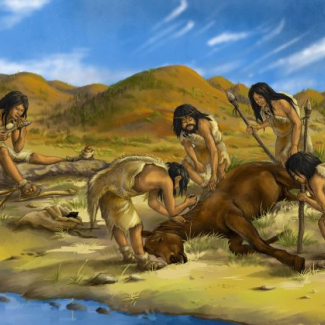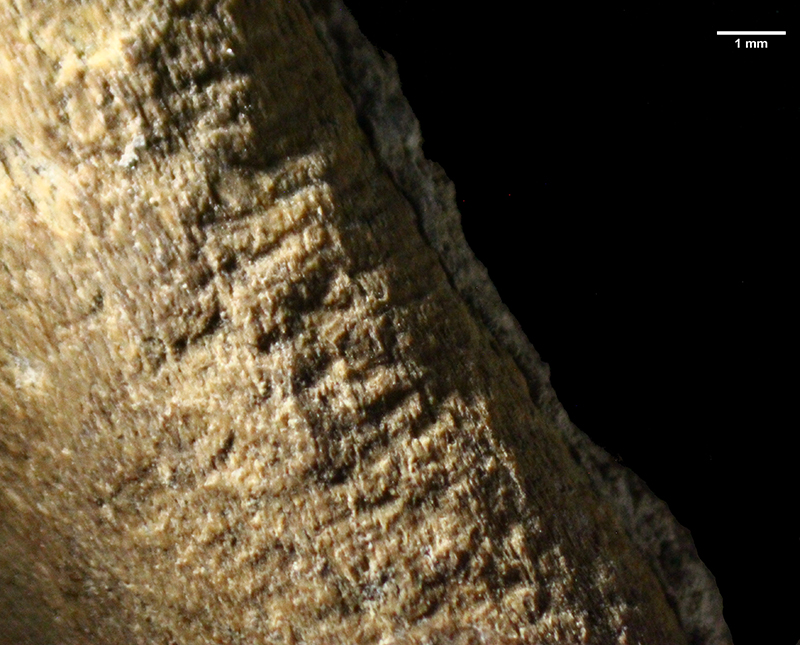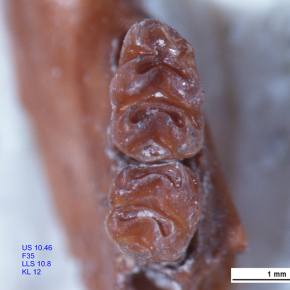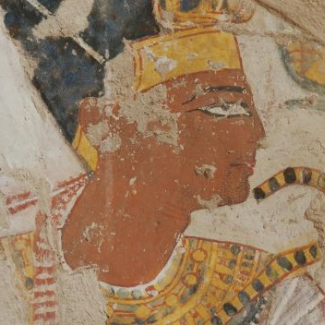
How the mouse conquered the house
Like humans, the house mouse, or Mus musculus sp., is widespread throughout the world, making it the most invasive rodent species. An international study involving eight countries1
and led by Thomas Cucchi of the ‘Archaeozoology, Archaeobotany: Societies, Practices and Environments’ laboratory (CNRS/Muséum national d'Histoire naturelle) reveals how human activities have favoured the emergence and spread of this animal over the last 20,000 years, from the Middle East to Europe 4,000 years ago. To reconstruct the history of the biological invasion of the house mouse, the researchers analysed more than 800 remains from 43 archaeological sites. The study, published in Scientific Reports on 19 May 2020, also reveals that the diffusion dates into Europe coincide with the first appearance of domestic cats on the continent, suggesting that the introduction of this predator may have been motivated by the need to control mouse populations in order to protect grain and food stocks.

Pictures taken during excavations led by Jean-Denis Vigne, from the laboratory « Archéozoologie, archéobotanique : sociétés, pratiques et environnements » (CNRS/Muséum national d’Histoire naturelle) and François Briois, from the laboratory « Travaux de recherches archéologiques sur les cultures, les espaces et les sociétés » (CNRS/Université Toulouse - Jean Jaurès/Ministère de la Culture).
© Jean-Denis Vigne.

© Solange Rigaud.

© Thomas Cucchi.
- 1With teams from Australia, France, Germany, Greece, Iran, Romania, the UK and the USA. In France, the following labs were involved: « Archéozoologie, archéobotanique : sociétés, pratiques et environnements » (CNRS/Muséum national d’Histoire naturelle); Centre de recherche sur la conservation (CNRS/Muséum national d’Histoire naturelle/Ministère de la Culture); Centre de recherche en paléontologie, Paris (CNRS/Muséum national d’Histoire naturelle/Sorbonne Université); « Archéologies et sciences de l’Antiquité » (CNRS/Université Paris Nanterre/Université Paris 1 Panthéon-Sorbonne/Ministère de la Culture); Institut de systématique, évolution, biodiversité (CNRS/Muséum national d’Histoire naturelle/Sorbonne Université/EPHE); Institut des sciences de l’évolution de Montpellier (CNRS/Université de Montpellier/IRD/EPHE).
Tracking the Near Eastern origins and European dispersal of the western house mouse, Thomas Cucchi, Katerina Papayianni, Sophie Cersoy, Laetitia Aznar-Cormano, Antoine Zazzo, Régis Debruyne, Rémi Berthon, Adrian Bălășescu, Alan Simmons, François Valla, Yannis Hamilakis, Fanis Mavridis, Marjan Mashkour, Jamshid Darvish, Roohollah Siahsarvi, Fereidoun Biglari, Cameron A. Petrie, Lloyd Weeks, Alireza Sardari, Sepideh Maziar, Christiane Denys, David Orton, Emma Jenkins, Melinda Zeder, Jeremy B. Searle, Greger Larson, François Bonhomme, Jean-Christophe Auffray, Jean-Denis Vigne. Scientific Reports, 19 May 2020. DOI: 10.1038/s41598-020-64939-9


